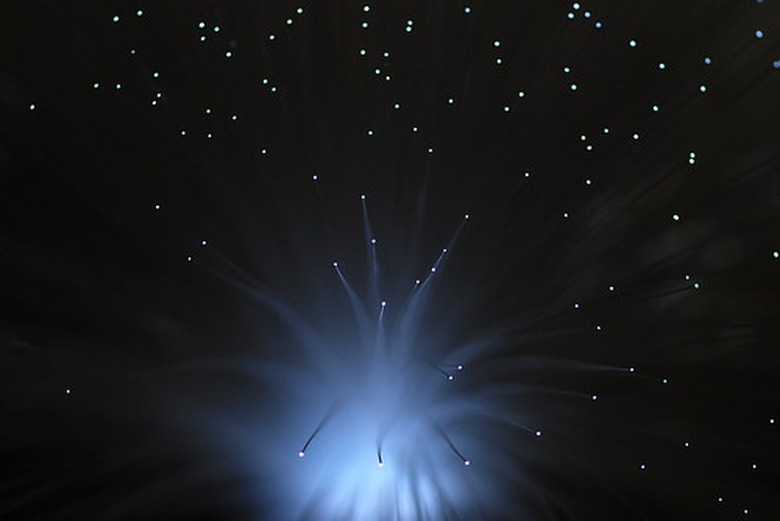What Is The Life Cycle Of A Large Star?
The universe is in constant flux with new stars being created from dust and gas given off by the death of older stars. The life span of large stars is divided into several stages.
Protostars
Protostars
Nebulae—gases and dust swirling in space—are the birthplace of stars. Gravity causes some dust to clump together into protostars. These stars eventually begin converting hydrogen to helium and do so for billions of years.
Red Giants
Red Giants
When most of the hydrogen has been converted, the helium begins sinking toward the star's core, raising temperatures and causing the star's outer shell to expand.
White Dwarf
White Dwarf
Once the red giant casts off its outer shell, a dense remnant of the star is all that remains. White dwarfs can last for billions of years, but eventually they stop producing energy.
Black Dwarf
Black Dwarf
Although never observed by scientists, a spent white dwarf is suspected to become a black dwarf once all its energy is used up. Black dwarfs have gone completely dark and cold—the end of the star's life cycle.
Supernovae
Supernovae
Stars of higher mass sometimes skip the slow demise and end in a violent explosion called a supernova. This occurs when the core becomes so dense the star implodes, casting gas, dust and debris back into the universe.
References
Cite This Article
MLA
Crain, Sydnee R.. "What Is The Life Cycle Of A Large Star?" sciencing.com, https://www.sciencing.com/life-cycle-large-star-5900885/. 24 April 2017.
APA
Crain, Sydnee R.. (2017, April 24). What Is The Life Cycle Of A Large Star?. sciencing.com. Retrieved from https://www.sciencing.com/life-cycle-large-star-5900885/
Chicago
Crain, Sydnee R.. What Is The Life Cycle Of A Large Star? last modified March 24, 2022. https://www.sciencing.com/life-cycle-large-star-5900885/
